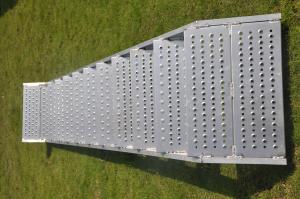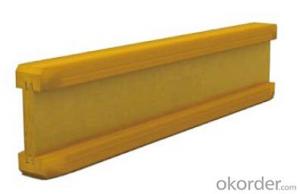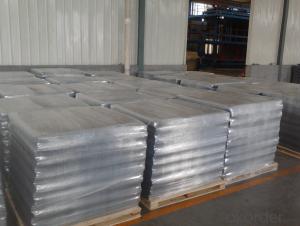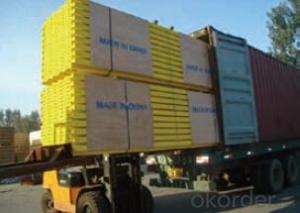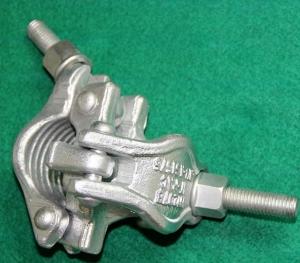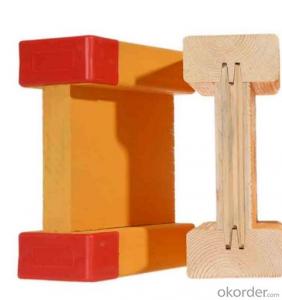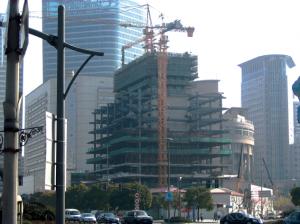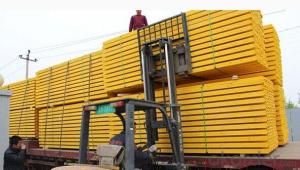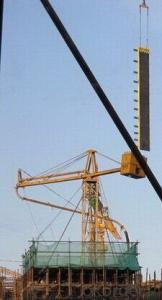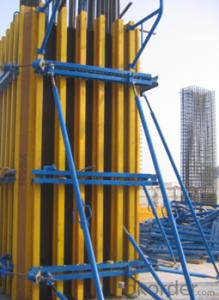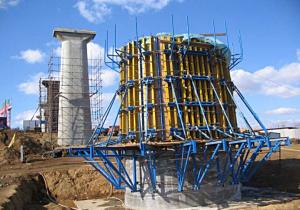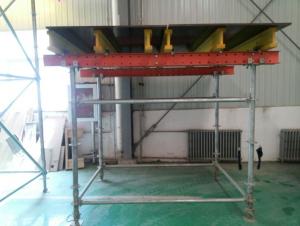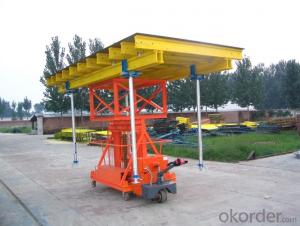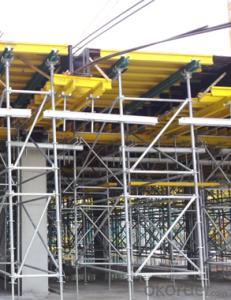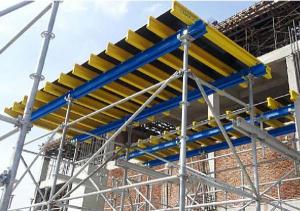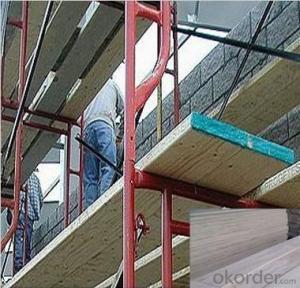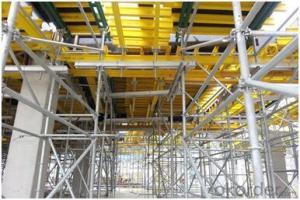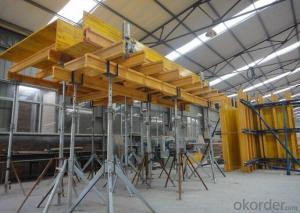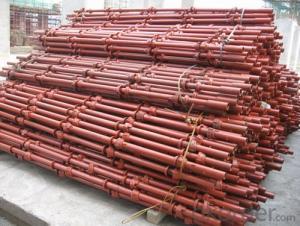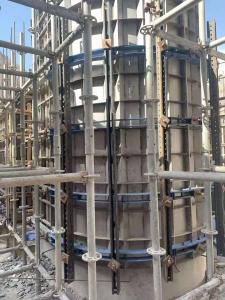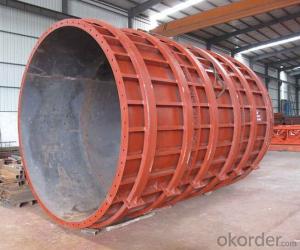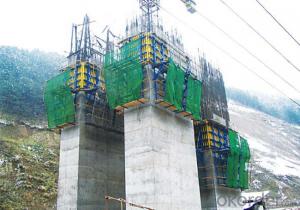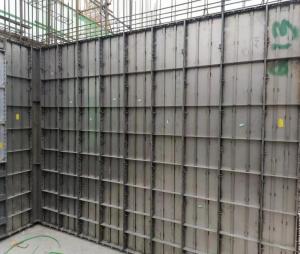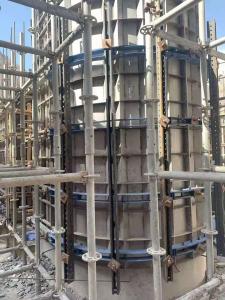Timber Scaffolding Singapore
Timber Scaffolding Singapore Related Searches
Construction Glass Plastic Safety Netting Perri Construction Gas Fireplace Cover Replacements Collapsible Scaffolding Scaffolding Canada Fruit Foam Net Boat Propeller Cover Indoor Kerosene Heater Safety Geocomposite Drainage NetHot Searches
Scaffolding Manufacturer In Mumbai Physiotherapy Equipment Supplier In Malaysia Medical Equipment Suppliers In Kenya Electrical Equipment Price List Aluminium Scaffold Planks Sale Aluminium Walkway Mesh Prices Cost To Hire Scaffolding Scaffolding Sales Uk Scaffolding Manufacturers Uk Scaffolding Joints Types Scaffolding Bracing Types Scaffolding Types Ppt Scaffolding Company Names Harsco Scaffolding Company Wholesale Sound Equipment Electrical Equipment Company Petaluma Cleaning Equipment Suppliers Medical Equipment Suppliers Uk Rehabilitation Equipment Manufacturers Timber Greenhouses For SaleTimber Scaffolding Singapore Supplier & Manufacturer from China
Okorder.com is a professional Timber Scaffolding Singapore supplier & manufacturer, offers integrated one-stop services including real-time quoting and online cargo tracking. We are funded by CNBM Group, a Fortune 500 enterprise and the largest Timber Scaffolding Singapore firm in China.Hot Products
FAQ
- Indeed, both straight and curved structures can utilize steel formwork. The versatility of steel formwork allows for effortless shaping and adjustment, enabling the construction of diverse geometric designs. These designs encompass straight walls, columns, arches, and curved walls. Such flexibility facilitates the realization of exceptional architectural concepts and structures. Moreover, the strength and durability of steel formwork render it appropriate for employment in both straight and curved structures.
- Steel formwork is subject to various safety certifications and standards to guarantee its safe use in construction projects. These certifications and standards ensure that the steel formwork meets specific safety requirements. Some of the safety certifications and standards for steel formwork include the following: 1. ISO 9001: This certification confirms that the steel formwork manufacturer has implemented a quality management system and meets the necessary quality standards. It focuses on the overall quality and reliability of the product. 2. ISO 3834: This certification guarantees that the welding processes used in the production of steel formwork adhere to specific quality requirements. It emphasizes the welding quality and ensures strong and durable welds. 3. EN 12812: This European standard provides guidelines for the design and performance of formwork systems, including steel formwork. It covers aspects such as load-bearing capacity, stability, and safety requirements for formwork systems. 4. OSHA: The Occupational Safety and Health Administration establishes safety standards for the construction industry in the United States. While there are no specific certifications for steel formwork, compliance with OSHA standards is crucial to ensure a safe working environment for construction workers who use steel formwork. 5. BS 5975: This British standard offers recommendations for temporary works, including formwork systems. It covers design, erection, use, and dismantling of formwork systems, ensuring safety throughout the construction process. 6. ACI 347: This American Concrete Institute standard provides guidelines for the design, construction, and maintenance of concrete structures. It includes recommendations for formwork systems, including steel formwork, to ensure their safety and effectiveness in supporting the concrete during construction. These safety certifications and standards are essential to manufacture and use steel formwork safely in construction projects. By adhering to these certifications and standards, construction companies can guarantee the safety of their workers and the quality of their structures. It is crucial for construction professionals to be aware of these certifications and standards and ensure compliance with them when utilizing steel formwork.
- Some of the different finishes that can be achieved with steel formwork include smooth finishes, textured finishes, patterned finishes, and exposed aggregate finishes.
- Steel formwork is a crucial component in the construction industry, and it plays a significant role in determining the overall stability of a structure. When compared to other formwork materials, such as wood or plastic, steel formwork offers superior strength, durability, and stability. One of the key ways in which steel formwork affects the overall stability of a structure is by providing rigid support to the concrete during the pouring and setting process. The strong and sturdy nature of steel ensures that the formwork remains in place, preventing any deformation or collapse. This stability is particularly important during the curing phase when the concrete gains strength and hardens. The steel formwork acts as a temporary structure, holding the concrete in place until it becomes self-supporting. Moreover, steel formwork facilitates the proper alignment of the concrete, resulting in a well-defined and stable structure. The precise dimensions and tight joints of steel formwork ensure that the concrete is poured in a controlled manner, eliminating any potential for irregularities or weaknesses in the structure. This level of accuracy and stability is essential in critical areas such as load-bearing walls, beams, and columns. Additionally, steel formwork provides resistance against external forces and environmental factors that can affect the stability of a structure. The inherent strength of steel makes it highly resistant to bending, twisting, and warping, ensuring that the formwork remains intact under the weight of the concrete and any imposed loads. Steel formwork also offers excellent resistance to moisture, temperature variations, and chemical exposure, which can compromise the stability of other formwork materials. Furthermore, the reusable nature of steel formwork makes it a cost-effective and sustainable choice. Its durability allows for multiple uses, reducing the need for frequent replacements and minimizing construction waste. This aspect contributes to the overall stability of the structure as it ensures consistency in formwork quality throughout the project, avoiding any potential variations in stability that might arise from using different materials or techniques. In conclusion, steel formwork significantly impacts the overall stability of a structure. Its strength, durability, and rigidity provide the necessary support and alignment for the concrete, ensuring a stable and well-defined structure. The resistance to external forces and its ability to withstand environmental factors further enhance the stability of the formwork system. Ultimately, steel formwork is an indispensable component in the construction industry, contributing to the overall safety and longevity of structures.
- Steel formwork does not directly affect the overall fire resistance of the structure as it is typically temporary and removed after the concrete is set. However, steel formwork can indirectly contribute to the fire resistance by ensuring the concrete is properly poured and cured, which can enhance the overall fire resistance of the structure.
- There are several different types of formwork spacers used in steel formwork, including plastic spacers, metal spacers, and adjustable spacers. Plastic spacers are commonly used due to their lightweight nature, ease of installation, and durability. Metal spacers are often used in heavy-duty applications or where extra strength is required. Adjustable spacers are versatile and allow for flexibility in creating different formwork thicknesses.
- Steel formwork can have a significant impact on the overall project cost estimation. While steel formwork may have a higher initial cost compared to other formwork materials such as timber or plywood, it offers several advantages that can lead to cost savings in the long run. Firstly, steel formwork is highly durable and can be reused multiple times. Unlike timber or plywood formwork, which may need to be replaced after a few uses, steel formwork can withstand a large number of cycles, reducing the need for frequent replacements. This not only saves material costs but also reduces labor and time required for formwork installation and removal. Additionally, steel formwork provides better quality finishes, resulting in reduced requirement for surface treatments or plastering. This saves both material and labor costs associated with finishing work. Moreover, steel formwork offers greater precision and dimensional accuracy, resulting in reduced need for rework or adjustments during construction. This helps to minimize material wastage and saves time and labor costs. Furthermore, steel formwork is highly resistant to moisture and weathering, which means it can be used in various weather conditions without compromising its structural integrity. This flexibility allows for more efficient construction scheduling, reducing downtime and potential cost overruns. Lastly, steel formwork can support greater concrete pouring heights and pressures, allowing for faster construction and increased productivity. This can result in accelerated project timelines and reduced labor costs. In summary, while steel formwork may have a higher initial cost, its durability, reusability, improved finishes, precision, resistance to weathering, and ability to support larger concrete pours can lead to significant cost savings in terms of material, labor, and time. Therefore, steel formwork positively impacts the overall project cost estimation.
- Indeed, steel formwork is applicable for both slab and beam construction. Within the construction industry, steel formwork proves to be a flexible and long-lasting alternative for constructing slabs and beams. It furnishes a robust and inflexible framework that can endure the weight and pressure exerted by the poured concrete. With easy assembly and disassembly, steel formwork emerges as a fitting choice for diverse construction undertakings. Its sturdiness and steadiness render it an optimal selection for both slab and beam construction, guaranteeing that the concrete structures adhere to the necessary specifications and can adeptly bear the loads they are designed for.
